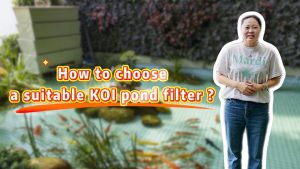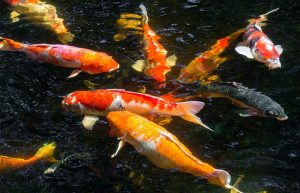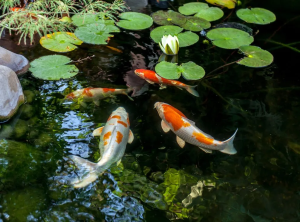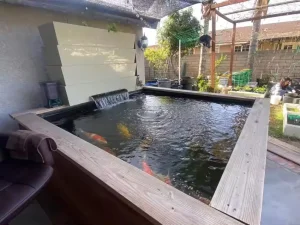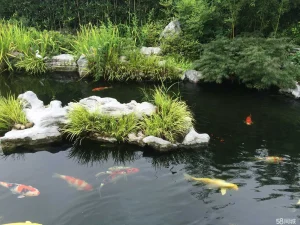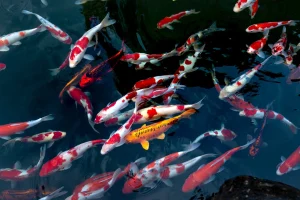RAS aquaculture is one of the important agricultural industries, but there are many problems in traditional breeding methods, such as water pollution, feed waste, etc. In recent years, recirculating aquaculture has become a new type of farming method, which achieves efficient farming through scientific recycling of water resources. So, what is the secret of circulating aquaculture? Let’s learn about it step by step.


1. Water Quality Control
The most critical aspect of recirculating aquaculture is water quality. Therefore, water quality control is the first step in circulating aquaculture. In recirculating aquaculture, water quality needs to be monitored to ensure clean water, high transparency, and maintain appropriate temperature and pH value. At the same time, water quality must be tested regularly to ensure that the water quality is stable and no abnormalities occur.

2. Preparing Feed
The second step in circulating aquaculture is to prepare feed. When formulating feed, scientific proportions need to be carried out based on the type and quantity of the fish, as well as the growth status, hunger and satiety of the fish and other factors. At the same time, it is also necessary to pay attention to the quality and nutritional content of the feed to ensure the freshness and palatability of the feed and increase the appetite of fish.

3. Circulation Filtering
The third step in circulating aquaculture is circulating filtration. Circulation filtration refers to filtering wastewater through a filter to remove contaminants, and then re-injecting the filtered water into the breeding pond. This not only saves water, but also ensures clean water quality and reduces breeding costs.

4. Oxygenation
The fourth step in recirculating aquaculture is oxygenation. Oxygenation refers to increasing the oxygen content during the breeding process to promote the metabolism of fish and improve the immunity of fish. At the same time, oxygenation can also promote the reproduction of beneficial microorganisms in the breeding pond and ensure the stability of water quality.

Through the above four steps, we can achieve efficient breeding of circulating aquaculture. Recirculating aquaculture is a sustainable breeding method that can not only improve output efficiency, but also protect the water environment and reduce breeding costs. It is the future development direction of the breeding industry.
We are a factory, focus on filtration equipment production,you can become a user or distributor of our products, we provide you with highquality, customizable and factory price equipment.




PS:All the images shown above are based on the aquaculture customers we work with

